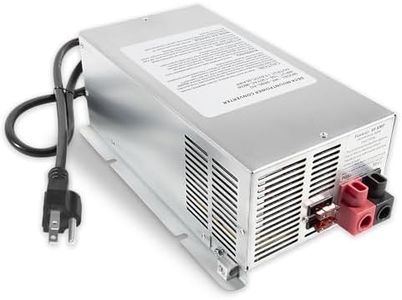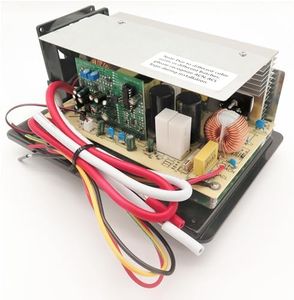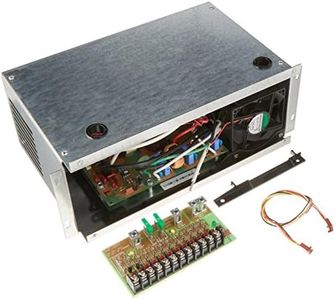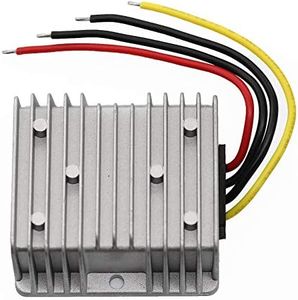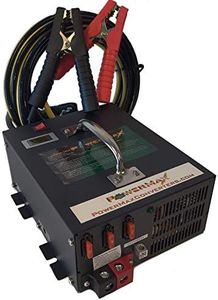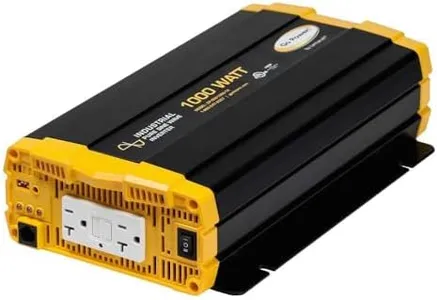We Use CookiesWe use cookies to enhance the security, performance,
functionality and for analytical and promotional activities. By continuing to browse this site you
are agreeing to our privacy policy
10 Best Rv Power Converters
From leading brands and best sellers available on the web.Buying Guide for the Best Rv Power Converters
Choosing the right RV power converter is important to keep your electrical devices and appliances running smoothly while protecting your RV’s electrical system. A power converter's main job is to transform incoming AC (alternating current, like from a campground hookup) into DC (direct current, which your RV batteries and many appliances use). Picking the right one will help your batteries last longer and prevent problems with sensitive electronics. To find your best fit, it’s good to understand a few key specifications so you’ll know what to look for and how to match a converter to your RV lifestyle and needs.Output Amperage (Amp Rating)This spec tells you how much electrical current the converter can safely deliver to your RV’s battery and DC-powered devices. If you have a small camper with minimal electronics, a lower amperage (like 20–30 amps) might be enough. For larger RVs with multiple appliances and plenty of lights or if you expect to use several devices at once, you’ll need a higher amperage (45 amps or more). Think about how many things you’ll want to run at the same time, and add up the amps they use. Choosing a converter with appropriate amperage means you avoid overloading the system or under-powering your devices.
Type of Converter (Single-stage, Multi-stage, Smart Converter)Converters come in different types, which refers to how they charge your RV’s batteries. Single-stage converters supply a constant voltage and are simple but not always battery-friendly if you’re staying parked for days. Multi-stage or smart converters adjust voltage as your battery charges, which helps batteries last longer and charge more efficiently. If you tend to camp for longer periods or are concerned about battery health, a smart or multi-stage converter is a better choice. If you usually travel and hook up for short stays, a basic single-stage converter might be sufficient.
Input VoltageInput voltage refers to the type of AC power the converter can accept—usually 110/120V, which is standard for North American campgrounds. Some converters accept a wider voltage range, which can be useful if you travel internationally or to places where voltage fluctuates. If you stay in regular campgrounds in North America, you typically just need standard input voltage, but if your travels take you further afield or to areas with inconsistent power, consider a converter that can handle a wider range.
Compatibility and SizeConverters come in different sizes to fit in different RVs and mounting spaces. Some are designed to replace existing units directly, while others require additional installation work. Make sure to check the physical dimensions and mounting style of the converter so it fits in your available space, and see if it matches the wiring configuration of your current system. To pick the right one, measure the area where it will go and compare with the product specs, and check if it integrates with your RV's fuse box or is a standalone unit.
Cooling System (Fan vs. Fanless)Converters produce heat and need to be cooled. Some use built-in fans, while others rely on passive cooling. Fan units help manage heat in tight spaces but can make noise, which might matter if you are sensitive to sound or the converter is located near your sleeping area. Fanless converters are quieter and have fewer moving parts, but may need more space around them for airflow. If noise is a concern or you have a smaller or sealed compartment, pick a fanless model, but if you have room for airflow and need efficient cooling, a fan model is fine.


